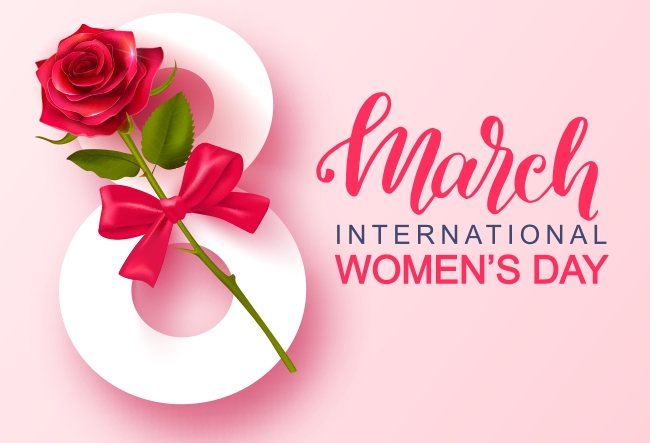Hot on the heels of International Women’s Day last week, we thought we’d focus on this half of UK PLC.
Gender disparity has been a huge issue over recent years, covering all topics from opportunities for women to the pay they receive compared to their male colleagues in the same role.
There’s good news on the opportunities front at least: recent research shows that, in some male-dominated industries, women are driving forwards much more than they have in previous years, especially in Recruitment Website Design.
The Office of National Statistics say that computer programming is becoming a hit with females, being the second-fastest growing sector for female take-up, according to recent figures. Despite the likes of Steve Jobs and Bill Gates as mastheads, the I.T. industry has seen the number of females landing roles in the sector rise by a staggering 196% over the last ten years. (The most popular industry with women, that’s traditionally seen as one populated by men, is transport support.) An industry crying out for more people of any gender, transport and distribution are suffering from, amongst other things, the skills gap problem. That women are taking up more roles as well as the next generation of males can only be a good thing. Roles for females within this industry have grown by a whopping 340% over the last decade.
The motoring industry in general has seen 173% more women join their ranks during the last ten years, and shipping has employed 133% more females in the same timeframe. The manufacturing of fuel has attracted double the usual amount of women to roles within this industry, and the field of security and investigation has attracted 181% more female employees than previously.
Whilst natural growth (of all genders in the workplace) has influenced these figures, there’s no denying that the various initiatives put in place by the government and industry bodies to reduce pay gaps and boost equality have also made a huge difference, as has a focus on STEM subjects in schools. However, though those percentages sound impressive, to put things into context and as an example, women would have to continue on the reported growth curve for 60 years to match the amount of men currently working in the I.T. industry.
Not every traditionally-male industry has seen keen interest from women. Females in construction, for example, still only represent 3% of the industry’s workforce, despite a huge push to attract women into apprenticeships within the sector. Even if women opted for roles in construction, this sector is certainly not blazing the trail for equal pay, with the average pay gap between men and women being a figure hard to ignore, at 22%.
Research by FirstBus shows there are other industries besides construction that are failing to appeal to today’s females. Unfortunately, and maybe the reason the company carried out their study, bus driving was one of them. Politics was another, though it could be argued that both men and women are finding it hard to see the appeal of a government role at the moment, with all the Brexit hoo-hah.
Some industries have, in the past, looked to be nailing gender diversity, only to see the number of women working in those sectors falling. Architecture is one example; according to the government’s Creative Industries report, 10.3% fewer women applied for roles within this industry, despite five years of growth in the take-up of women to architectural roles. This is the only creative role to show a decline, bucking the trend of sectors such as film and television, which showed a 10% increase. Experts within the architectural industry don’t believe this drop is down to a lack of women interested in training to design buildings, but more likely down to a surge in females exiting the industry.
The brewers behind brands such as Stella Artois and Budweiser used International Women’s Day to mark the arrival of Paula Lindenberg as President of their UK and Ireland operations. The significance of this, they say, is that her appointment reflected a true 50/50 gender split in the company’s senior leadership team – something that will be music to the ears for those campaigning against glass ceilings at board level, and within the general structure of an organisation.
Whilst this company is hitting the spot when it comes to gender disparity at the top, however, not every company can claim the same. Statistics show that there are only 27% female CEOs or women holding similar top-of-the-tree positions within UK companies.
Clearly, a lot more work needs to be done.
And before anyone argues that men aren’t held aloft in the same way that women were celebrated last week, an International Men’s Day does exist: it’s on November 19th each year….

